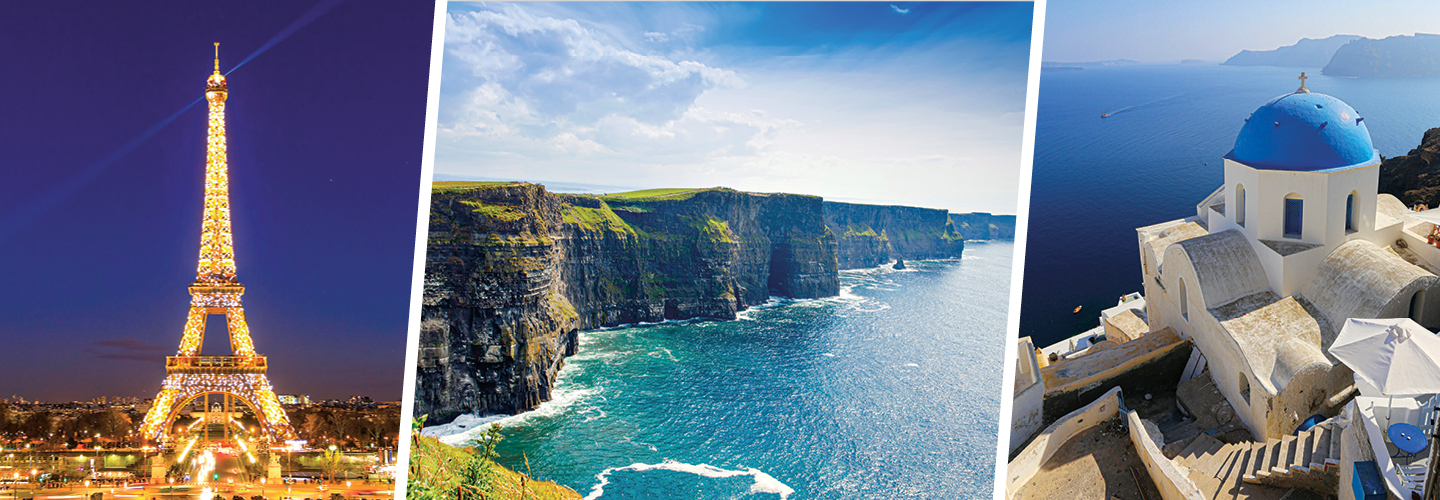After recently losing one of its members, the European Union (E.U.) is focused on its future.
The E.U. is a political and economic partnership made up of 27 countries across Europe. It makes laws and has its own form of money (the euro). E.U. countries share free trade, meaning nations within the E.U. can buy and sell goods and services across E.U. borders without having to pay additional taxes. And citizens of E.U. nations (nearly 450 million people) have the right to live and work in any E.U. country.
In 2016, the United Kingdom (U.K.) stunned the world when its people voted to leave the E.U. Many U.K. citizens believed that the partnership had too much control over their country. The U.K.’s departure from the E.U., known as “Brexit,” became official in early 2020. But it took another year for the U.K. and the E.U. to negotiate how they would interact and trade with one another going forward. Those new rules went into effect this past January.

